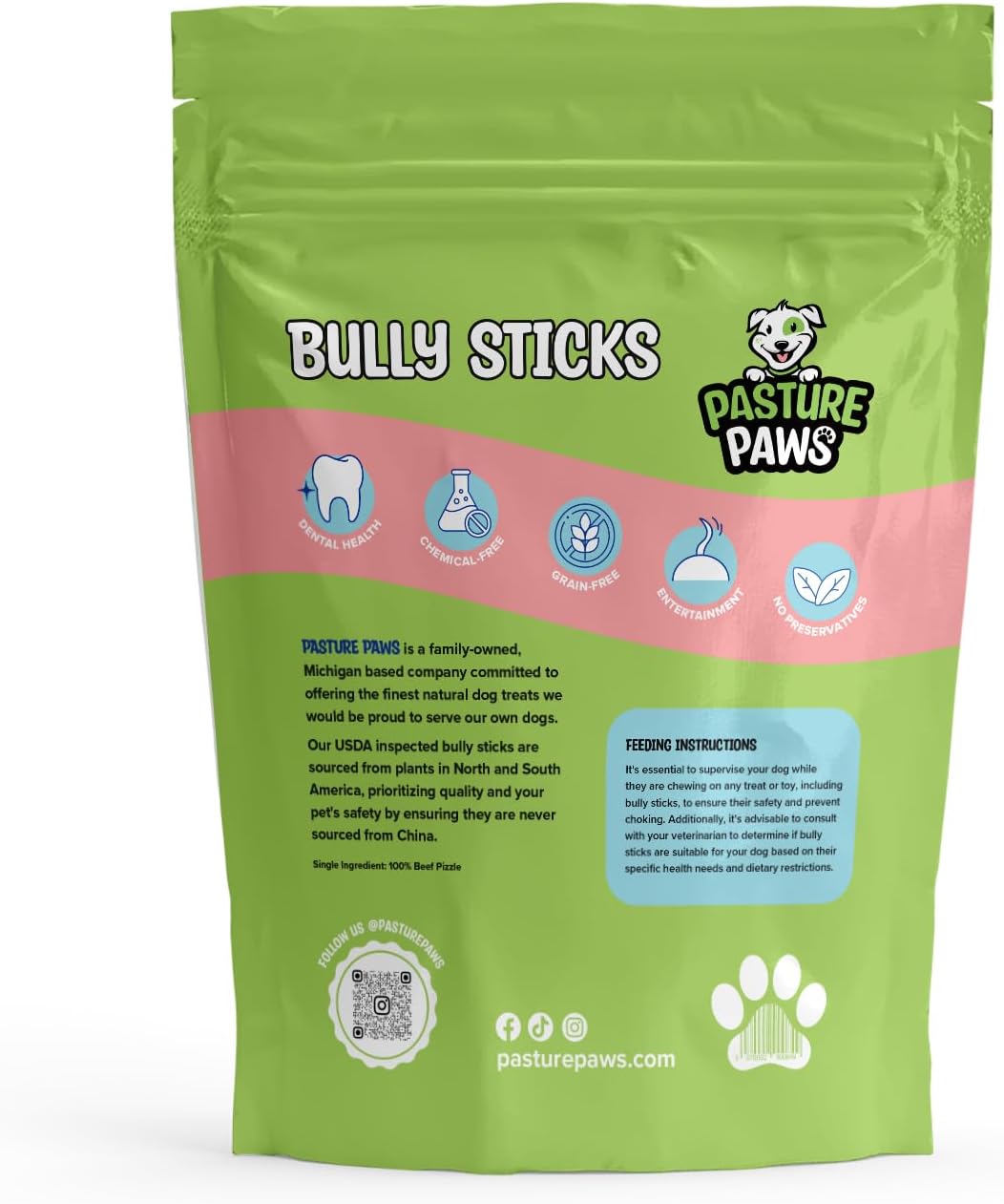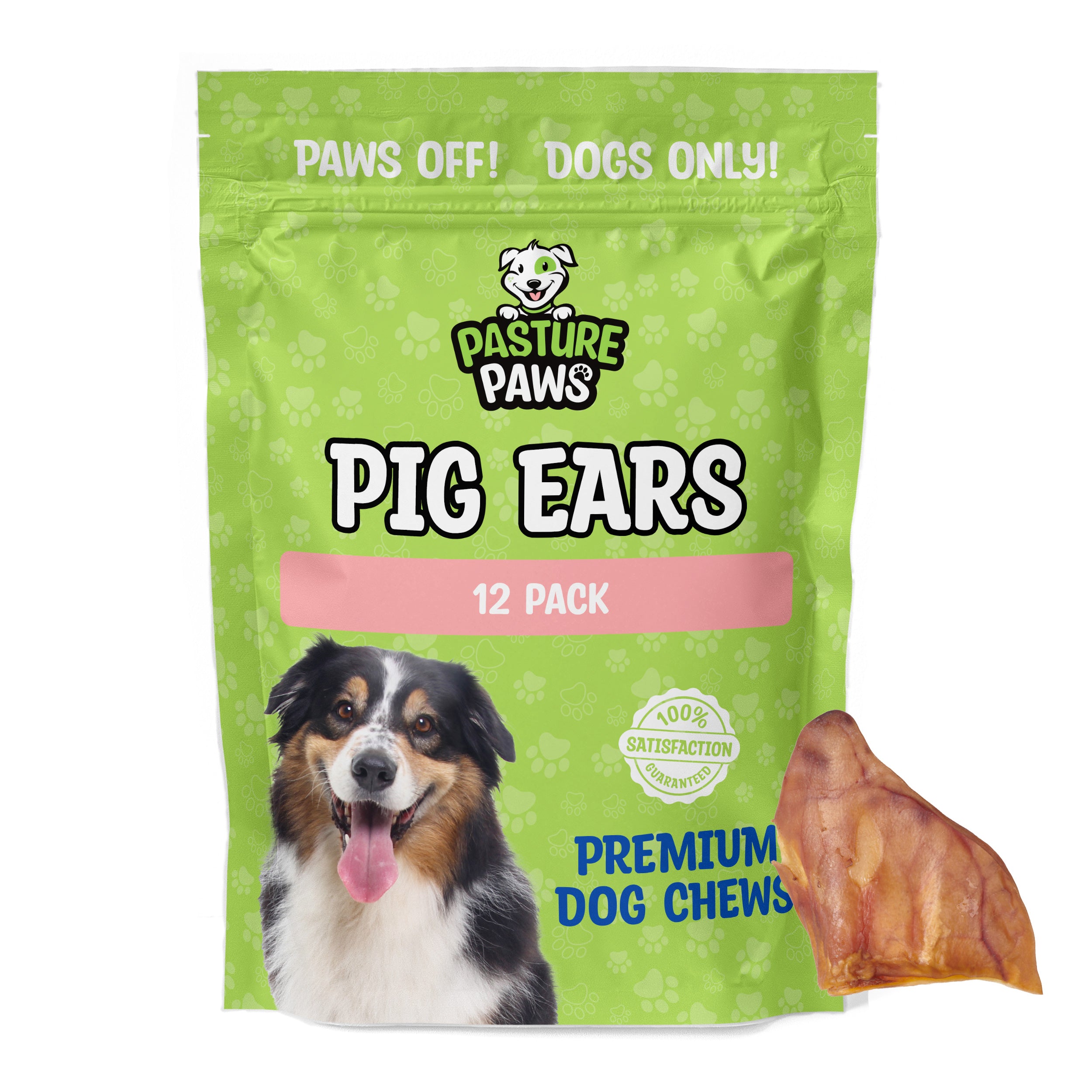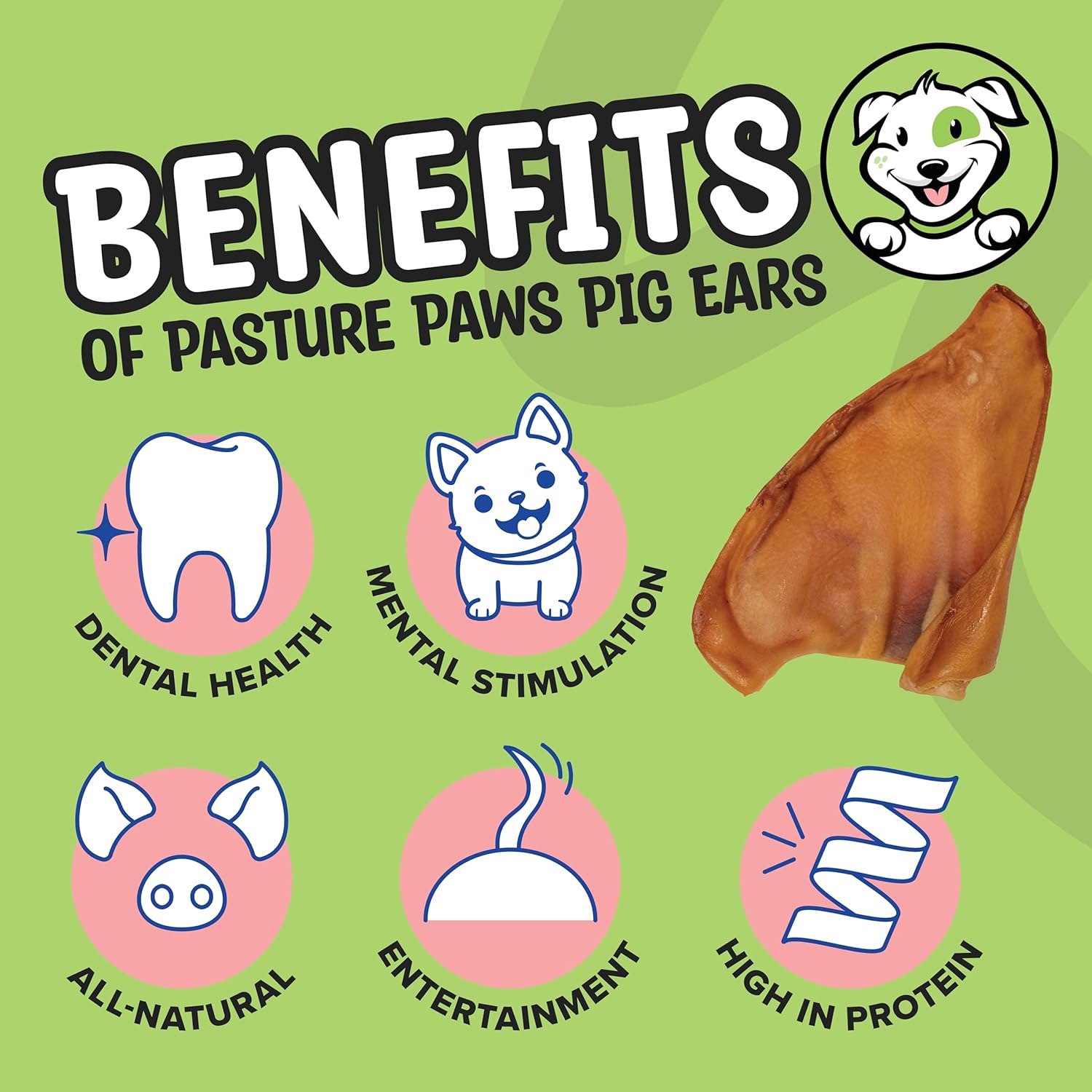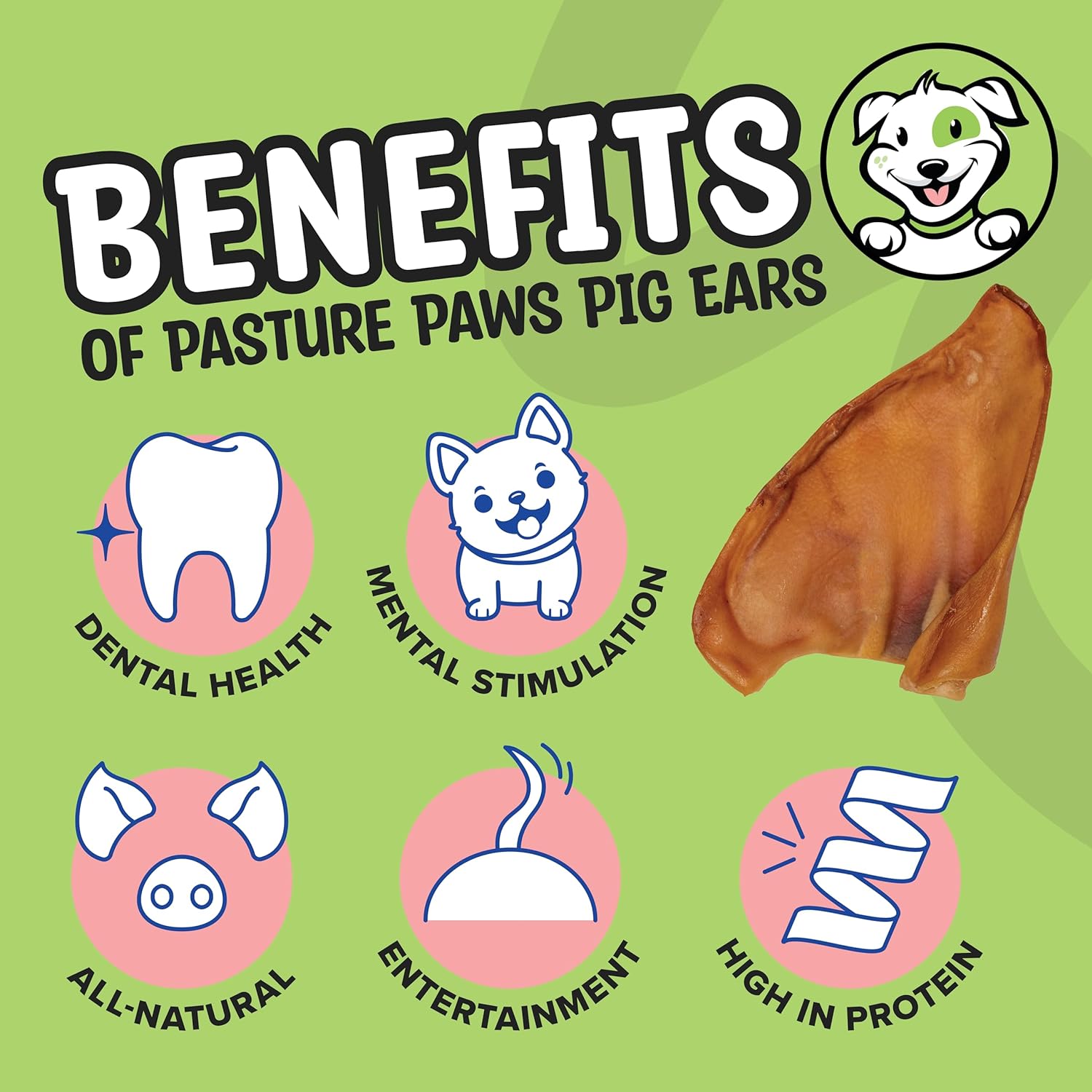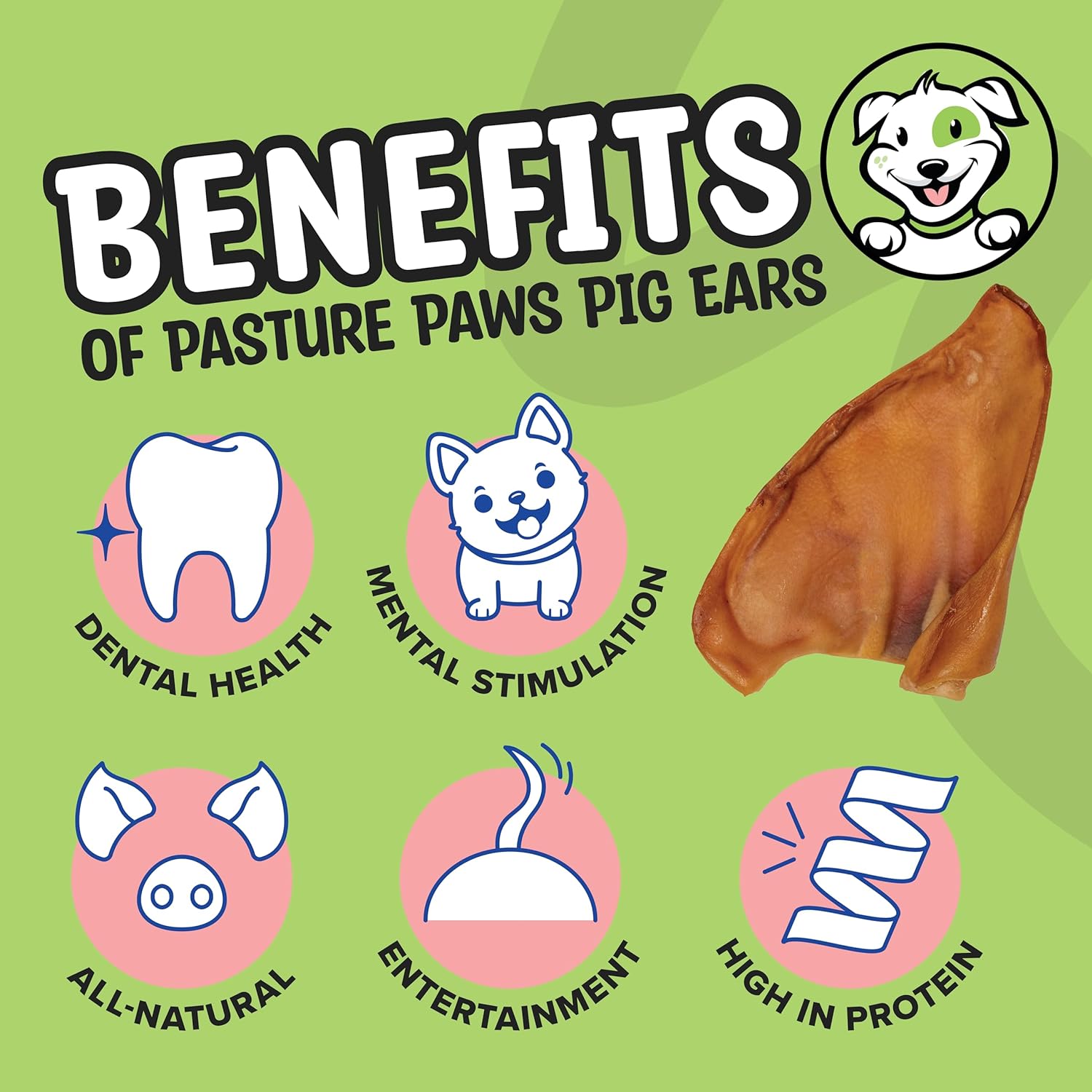If you're a dog owner, you know how important it is to provide your furry friend with safe and healthy treats.
Beef trachea is a natural chew that is high in protein and can provide several health benefits for dogs. It's also easy to chew through and becomes soft when your dog starts to show it some attention.
So, what's the verdict? Are beef tracheas safe for dogs? Absolutely! In this article, we'll delve into the numerous benefits of beef trachea as a treat for your furry friend, helping you make an informed decision about incorporating it into their diet.
Understanding Beef Trachea
Beef trachea is a popular dog treat often recommended for its nutritional benefits. This single-ingredient, all-natural treat is a great protein, glucosamine, and chondroitin source. In this section, we will take a closer look at the nutritional profile of beef trachea and its available forms.
Nutritional Profile
Beef trachea is a highly nutritious treat that provides dogs with various essential nutrients. It is a great source of protein, which is essential for building and repairing muscle tissue. In addition to protein, beef trachea is also a good source of fiber, iron, vitamins, and minerals. It is particularly rich in glucosamine and chondroitin, which are important for joint health.
When it comes to nutrition, it is important to note that the nutritional profile of beef trachea may vary depending on the form in which it is available. For example, dried beef trachea may have a slightly different nutritional profile than raw or smoked beef trachea.
Different Forms of Beef Trachea
Beef trachea is available in different forms, including dried, raw, and smoked. Dried beef trachea is a popular choice because it is convenient and has a long shelf life. Raw beef trachea is also available and is often recommended for its nutritional benefits. Smoked beef trachea is another option that provides dogs with a unique flavor and aroma.
When choosing a form of beef trachea for your dog, it is important to consider your dog's individual needs and preferences. Some dogs may prefer the flavor and texture of dried beef trachea, while others may prefer the raw or smoked variety.
Health Benefits of Beef Trachea for Dogs

If you're looking for a natural chew that can provide your furry friend with a range of health benefits, beef trachea could be an excellent choice. Here are some of the potential advantages of giving your dog a beef trachea:
Joint Health and Mobility
Beef trachea is a natural source of glucosamine and chondroitin, which are both beneficial for joint health. These compounds can help to reduce inflammation and pain, making them useful for dogs with arthritis or hip dysplasia. They may also help to improve mobility and flexibility, allowing your dog to move around more easily.
Dental Health Advantages
Chewing on beef trachea can also be great for your dog's teeth. The act of chewing helps to scrape away tartar and plaque, which can build up on the teeth and lead to dental problems. By regularly chewing on natural chews like beef trachea, your dog can keep their teeth clean and healthy, reducing the risk of issues like bad breath and tooth decay.
In addition to these specific benefits, beef trachea is also a high-protein treat that can help to support your dog's overall health and well-being. It's a natural chew that many dogs enjoy, and it can be a great way to keep them entertained and occupied.
Safety Considerations for Feeding Beef Trachea

When it comes to feeding your dog beef trachea, there are some safety considerations to keep in mind. While beef trachea can offer numerous benefits for dogs, it's important to be aware of potential risks as well.
Choking Hazards and Precautions
As with any treat or chew, there's always a small risk of choking, especially if your dog tries to swallow large pieces. To minimize this risk, it's important to supervise your dog while they're eating beef trachea and to choose a size that's appropriate for their breed and size.
It's also a good idea to cut the beef trachea into smaller pieces or to use it as a treat instead of a chew if your dog is prone to swallowing large pieces.
Digestibility and Allergic Reactions
While beef trachea is generally considered easily digestible, some dogs may have difficulty digesting it. If your dog experiences digestive issues after eating beef trachea, it's best to discontinue use and consult with your veterinarian.
Additionally, some dogs may have allergies to beef or other ingredients found in beef trachea. If your dog has a history of food allergies, it's important to introduce beef trachea slowly and monitor for any signs of allergic reactions, such as itching, vomiting, or diarrhea.
Feeding Guidelines for Beef Trachea

When it comes to feeding your furry friend beef trachea, there are a few things to keep in mind to ensure that they are getting the appropriate amount and frequency of these chews. Here are some guidelines to follow:
Appropriate Sizing and Frequency
Beef trachea chews come in different sizes, so it's important to choose the right size for your dog. If the trachea chew is too small, it can be a choking hazard, while if it's too big, it can be difficult for your dog to chew. As a general rule, choose a trachea chew that is slightly bigger than your dog's muzzle.
In terms of frequency, it's recommended to feed your dog beef trachea chews two to three times a week. This is sufficient for most dogs, but you should adjust the frequency based on your dog's size, age, and preferences. For example, puppies may need more frequent chews to help with teething, while older dogs may need less frequent chews due to their lower calorie intake.
Incorporating into a Balanced Diet
Beef trachea chews are a great addition to your dog's diet as they provide mental stimulation, help with training, and promote dental health. However, it's important to remember that they should not be the only source of nutrition for your dog.
To ensure that your dog is getting a balanced diet, incorporate beef trachea chews into their regular meals as a treat or supplement. You can also choose all-natural chews that are low in fat and free of additives or preservatives to promote overall health.
Quality and Sourcing of Beef Trachea

When it comes to choosing the right beef trachea for your dog, quality and sourcing are critical factors to consider. Here are some things to keep in mind when selecting the best beef trachea for your furry friend.
Identifying High-Quality Beef Trachea
To ensure that you are getting high-quality beef trachea, look for products made from free-range, grass-fed cattle. These animals are typically healthier and contain fewer toxins than those raised in feedlots.
Additionally, grass-fed beef trachea tends to be more nutrient-dense, making it a healthier choice for your dog.
When shopping for beef trachea, make sure to look for products that are made in the USA or Brazil. These countries have strict regulations when it comes to food safety and quality, so you can be confident that the beef trachea you are buying is of high quality.
Avoiding Contamination and Poor Practices
To avoid contamination and poor practices, it's crucial to purchase beef trachea from a reputable source. Look for brands that have positive reviews and are known for their high-quality products.
Avoid buying beef trachea from unknown sources or brands that have a history of recalls or safety concerns.
It's also essential to ensure that the beef trachea you buy is free from any contaminants, such as bacteria or chemicals. To do this, look for products that are labeled as "all-natural" or "organic," as these tend to have fewer additives and preservatives.
Alternative Chews and Treats to Beef Trachea

When it comes to finding the right chew or treat for your dog, there are many options available. While beef trachea is a popular choice, there are other alternatives that you may want to consider.
Comparing Beef Trachea to Other Chews
Here is a comparison of some popular chews and treats to beef trachea:
|
Chew/Treat |
Natural |
Long-lasting |
Artificial Ingredients |
|
Beef Trachea |
Yes |
No |
No |
|
Moo-tubes |
Yes |
Yes |
No |
|
Trachea Bones |
Yes |
Yes |
No |
|
Windies |
Yes |
Yes |
No |
|
Yes |
Yes |
No |
|
|
Yes |
No |
No |
|
|
Yes |
Yes |
No |
As you can see, beef trachea is a natural and additive-free option, but it is not as long-lasting as some other chews. If you are looking for a chew that will keep your dog occupied for a longer period of time, you may want to consider options like moo tubes, trachea bones, windies, or bully sticks.
Understanding Dog Preferences and Needs
When choosing a chew or treat for your dog, it is important to consider their preferences and needs.
For example, if your dog has strong jaw muscles and enjoys chewing, a tougher chew like a trachea bone or bully stick may be a good option.
On the other hand, if your dog is older or has dental issues, a softer chew like a moo-tube or windie may be more appropriate.
It is also important to consider your dog's breed and size. For example, boxers are known for their strong jaws and may require a tougher chew than a smaller breed.
Storage and Preservation of Beef Trachea
When storing and preserving beef trachea, there are a few things to keep in mind to ensure that the product remains fresh and safe for your furry friend.
Firstly, it is recommended that beef trachea be stored in a cool, dry place away from direct sunlight. This will help prevent the trachea from spoiling due to exposure to heat and moisture.
It is also important to check the freshness of the beef trachea before giving it to your dog. Look for any signs of discoloration, mold, or an unpleasant odor. If you notice any of these signs, it is best to discard the trachea and not give it to your dog.
You can also freeze the beef trachea to extend its durability. Freezing the beef trachea can help preserve its freshness for a longer period of time.
When freezing, ensure that it is stored in an airtight container or freezer bag to prevent freezer burn.
Conclusion
After researching the safety and benefits of beef trachea for dogs, you now have a better understanding of what this treat can offer your furry friend. Beef trachea is a great source of protein and is fully digestible, making it a safe alternative to rawhide. In addition to being a tasty treat, beef trachea can also help support your dog's hip and joint health. The naturally occurring components glucosamine and chondroitin can help prevent and reduce joint pain and discomfort.
If you're ready to give your dog a nutritious and delicious treat, explore Pasture Paws for a selection of high-quality beef trachea. Give your furry friend the best!
Frequently Asked Questions
What are the nutritional benefits of beef trachea for dogs?
Beef trachea is a natural source of collagen, glucosamine, and chondroitin, which are essential for joint health.
It also contains high amounts of protein and low amounts of fat, making it an excellent treat for dogs who need to maintain a healthy weight.
How often should I give my dog beef trachea treats?
The frequency of feeding beef trachea to your dog depends on their individual needs, size, age, and overall health.
As a general guideline, feeding beef trachea two to three times a week is considered safe and sufficient for most dogs.
Can beef trachea chews cause dental issues in dogs?
Beef trachea chews are not known to cause dental issues in dogs. However, as with any chew treat, monitoring your dog while eating is essential to prevent choking or tooth damage.
Is beef trachea a digestible treat for dogs with sensitive stomachs?
Beef trachea is a highly digestible treat for dogs, even those with sensitive stomachs.
However, as with any new food, it is essential to introduce beef trachea slowly and in small amounts to prevent any digestive upset.

